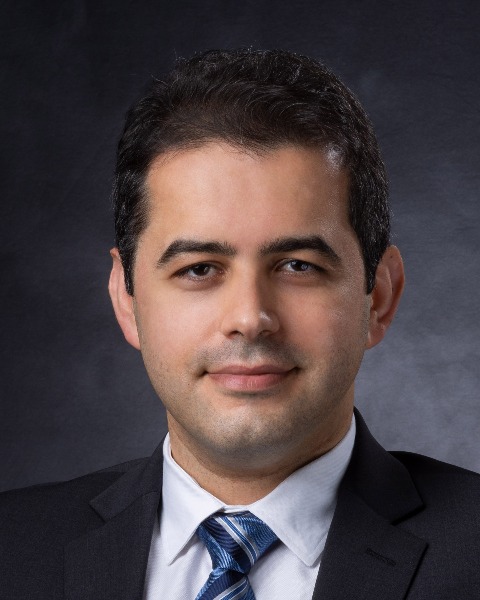Interventional Oncology
Vertebral Augmentation and Radiofrequency Ablation for the Treatment of Fractures in Cancer Patients
- JS
Jeremiah Stringam, MD
Resident
MD Anderson Cancer CenterDisclosure(s): No financial relationships to disclose
.jpg)
Joshua Kuban, MD
Associate Professor
University of Texas MD Anderson Cancer Center- ZM
Zeyad Metwalli, MD
Assistant Professor
MD Anderson Cancer Center 
Steven Y. Huang, MD, FSIR
Professor
The University of Texas MD Anderson
Peiman Habibollahi, MD
Associate Professor
MD Anderson Cancer Center.jpg)
Stephen Chen, MD
Associate Professor
MD Anderson
Steven Yevich, MD, FSIR, MPH
Interventional Radiologist
MD Anderson Cancer Center- RS
Rahul A. Sheth, MD, FSIR
Associate Professor
MD Anderson
Presenting Author(s)
Author/Co-author(s)
To evaluate the safety and efficacy of cement augmentation and radiofrequency ablation for the treatment of pathologic spine fractures in cancer patients.
Materials and Methods: This single-institution retrospective study was conducted for patients over a 3 year period (2017 – 2020) who underwent percutaneous spine radiofrequency ablation (RFA) and cement augmentation. The use of RFA as well as kyphoplasty versus vertebroplasty was performed at the discretion of the provider. Evaluation for cement leakage was performed on intra- and post-procedure imaging by a study member who did not perform the procedure. All statistical analyses were performed in R (R Foundation).
Results:
A total of 638 spinal levels in 335 patients were treated during the study period. The median age was 65 (IQR 57 – 100), and 44% of the study cohort were female. Prostate cancer was the most common histology (19%), followed by renal cell carcinoma (11.8%) and breast cancer (7.7%). 44.9% of treated levels underwent radiation in addition to ablation/cement augmentation, with 78% undergoing radiation prior to the intervention. Epidural tumor and retropulsion of bone fragments was present in 14.3% and 12.5% of treated levels, respectively. Posterior wall erosion was present in 29% of treated levels. RFA was performed in 255 (40%) of the treated levels, and kyphoplasty using balloons or implantable devices was performed in 37% of the treated levels. Treated levels ranged from C2 to the sacrum, with the most common levels at the thoracolumbar junction (T10 – L2 = 47.4%). The majority of interventions (519/638, 81%) resulted in a substantial improvement in pain ( > 2 point reduction in Brief Pain Inventory [BPI] scale following the procedure). Likewise, there was a significant decrease in median BPI pain scores following the procedure (pre: 7/10 [IQR 5-10/10], post: 3/10 [IQR 2 – 10/10], P < 0.001). No patients experienced spinal cord or spinal nerve injury following RFA. Cement leakage into the epidural space occurred in 5.4% of treated levels, with 0.6% (4/638) augmentations requiring surgical intervention. Patients not requiring surgery were asymptomatic on follow-up examination. On univariable and multivariable analysis, RFA (P = 0.04) and lumbar level treatments (P = 0.02) were associated with decreased risk of epidural leak, while posterior wall disruption (P < 0.001) and retropulsion (P = 0.002) were associated with an increased risk; prior radiation and epidural tumor did not increase the risk.
Conclusion:
Vertebral augmentation and RFA are safe and effective treatments for spine fractures in cancer patients.

.jpg)
.png)
.png)
.png)
.png)
.jpg)
.png)
.jpg)
.png)